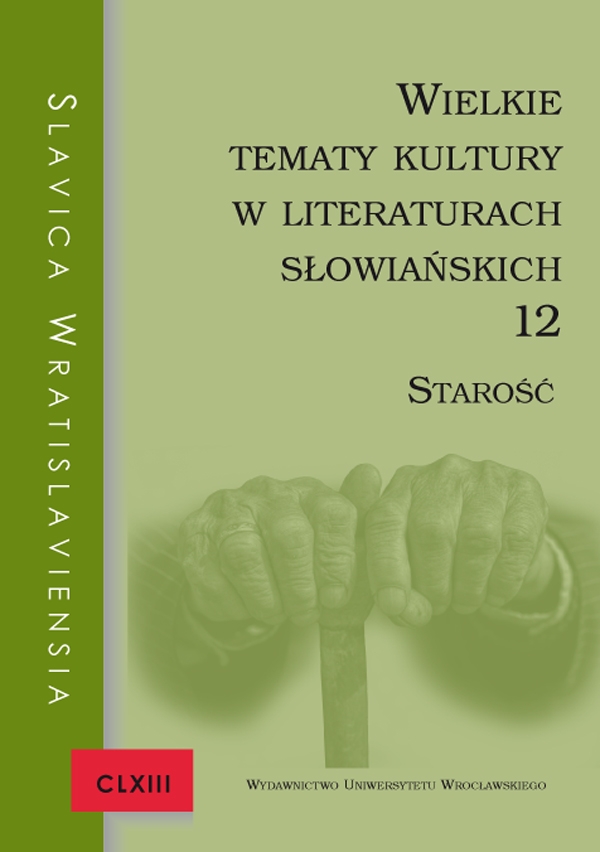

Artykuły

The cultural pattern of an aging man in West Slavic literatures about rural themes — alife-annuity peasant as aliterary type
The objective of the study is to analyse and describe aspecific type of aliterary character who is widely represented in West Slavic literatures created from the second half of the 19th century to the beginning of the Second World War. Then, aclear literary pattern became crystallised. It depicted an aging man in the so-called life annuity. According to the author, the register age of particular characters does not overlap with the advancement of the aging process or life skilfulness depicted in the literary works. However, it depends on transferring the farm, including one’s own life, to the successors. Functioning in the culture, the stereotype of aperson who has transferred their farm and life to the successors shows the debasement of old age, the treatment of the aging phenomenon as acatastrophe as well as the perception of old age as an undesirable state. The aging process occurs immediately and it is forced not only by time but also by the entirety of unhappiness related to the change of the social and living status. The works are connected neither by the historical moment nor by poetics. Theanalysis is therefore even more interesting because the “life-annuity peasant” is presented in the same manner in nearly all of the analysed works.
Kulturní šablona stárnoucího člověka vliteraturách západoslovanského areálu svesnickou tématikou — „sedlák na výminku” jako literární typ
Předmětem studia je analýza apopis specifického typu literárního hrdiny, který našel četné reprezentace vzápadoslovanských literaturách od 2. poloviny 19. století do začátku 2. světové války. Tehdy se vykrystalizovalo výrazné literární schéma zobrazující stárnoucího člověka na tzv. výminku. Podle autorky se skutečný věk jednotlivých postav neshoduje spokročilostí procesu stárnutí nebo sživotní kondicí vykreslenou vdílech, ale závisí právě na předání hospodářství, atím také svého života, do rukou nástupců. Stereotyp výměnkáře fungujícího vkultuře ukazuje sníženou hodnotu stáří, kdy se jev stárnutí považuje za katastrofu ataké vnímání stáří jako nežádoucí stavu. Proces stárnutí probíhá okamžitě, vynucuje si jej nejen čas, ale imnožství neštěstí spojeného se změnou společenského aživotního statusu. Díla nespojuje historický okamžik, ani poetika, ale právě tím je zajímavější to, že „sedlák na výminku” je představen ve všech analyzovaných dílech takřka stejně.